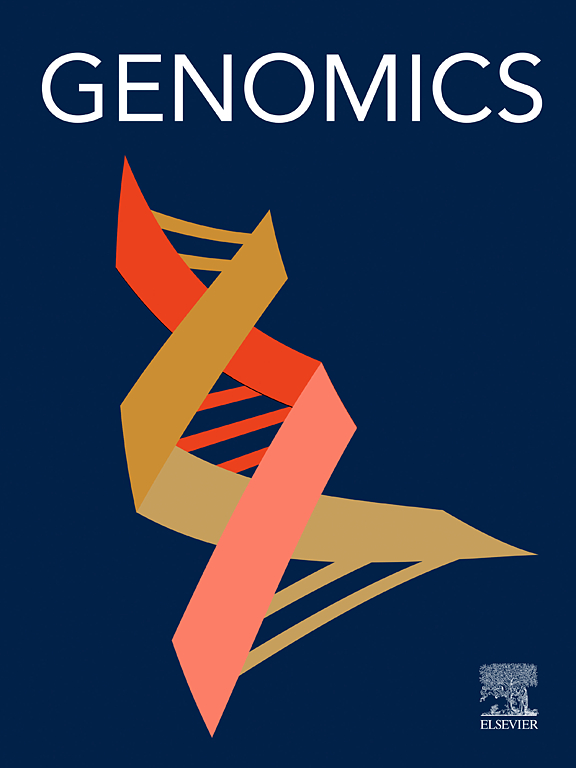Comparative transcriptomics reveal universal and compound-specific mechanisms of insecticide response in the mulberry looper (Phthonandria atrilineata)
IF 3
2区 生物学
Q2 BIOTECHNOLOGY & APPLIED MICROBIOLOGY
引用次数: 0
Abstract
Understanding insect molecular responses to different insecticides is essential for sustainable pest management. This study presents a comprehensive transcriptomic analysis of Phthonandria atrilineata exposed to insecticides with distinct modes of action. RNA sequencing was performed on larvae treated with organophosphates (trichlorfon, malathion, and trichlorfon-malathion mixture) and mitochondrial inhibitors (methoxyfenozide and chlorfenapyr). Our analysis revealed both mechanism-specific responses and conserved xenobiotic defense programs. We identified 180 commonly upregulated genes involved in detoxification and sensory perception pathways, and 357 commonly downregulated genes indicating suppression of carbohydrate metabolism and developmental processes under chemical stress. Fuzzy clustering revealed nine distinct expression modules, with organophosphates primarily affecting neuronal functions while mitochondrial inhibitors triggered metabolic reprogramming centered on energy balance and protein homeostasis. Additionally, the trichlorfon-malathion mixture produced synergistic effects on endocrine signaling pathways. These findings illuminate the molecular architecture of insecticide responses, providing valuable insights for pest management strategies and resistance monitoring in agricultural settings.
比较转录组学揭示了桑树环虫(Phthonandria atrilineata)对杀虫剂反应的普遍和化合物特异性机制。
了解昆虫对不同杀虫剂的分子反应对害虫的可持续管理至关重要。本研究提出了一个全面的转录组学分析的phthonandia atrilineata暴露于杀虫剂与不同的作用模式。对有机磷(敌百虫、马拉硫磷和敌百虫-马拉硫磷混合物)和线粒体抑制剂(甲氧虫酰肼和氯虫腈)处理的幼虫进行RNA测序。我们的分析揭示了机制特异性反应和保守的外源防御程序。我们确定了180个与解毒和感觉知觉通路相关的常见上调基因,以及357个表明化学胁迫下碳水化合物代谢和发育过程受到抑制的常见下调基因。模糊聚类揭示了9个不同的表达模块,其中有机磷酸盐主要影响神经元功能,而线粒体抑制剂则触发以能量平衡和蛋白质稳态为中心的代谢重编程。此外,敌百虫-马拉硫磷混合物对内分泌信号通路产生协同作用。这些发现阐明了杀虫剂反应的分子结构,为害虫管理策略和农业环境中的抗性监测提供了有价值的见解。
本文章由计算机程序翻译,如有差异,请以英文原文为准。
求助全文
约1分钟内获得全文
求助全文
来源期刊

Genomics
生物-生物工程与应用微生物
CiteScore
9.60
自引率
2.30%
发文量
260
审稿时长
60 days
期刊介绍:
Genomics is a forum for describing the development of genome-scale technologies and their application to all areas of biological investigation.
As a journal that has evolved with the field that carries its name, Genomics focuses on the development and application of cutting-edge methods, addressing fundamental questions with potential interest to a wide audience. Our aim is to publish the highest quality research and to provide authors with rapid, fair and accurate review and publication of manuscripts falling within our scope.
 求助内容:
求助内容: 应助结果提醒方式:
应助结果提醒方式:


